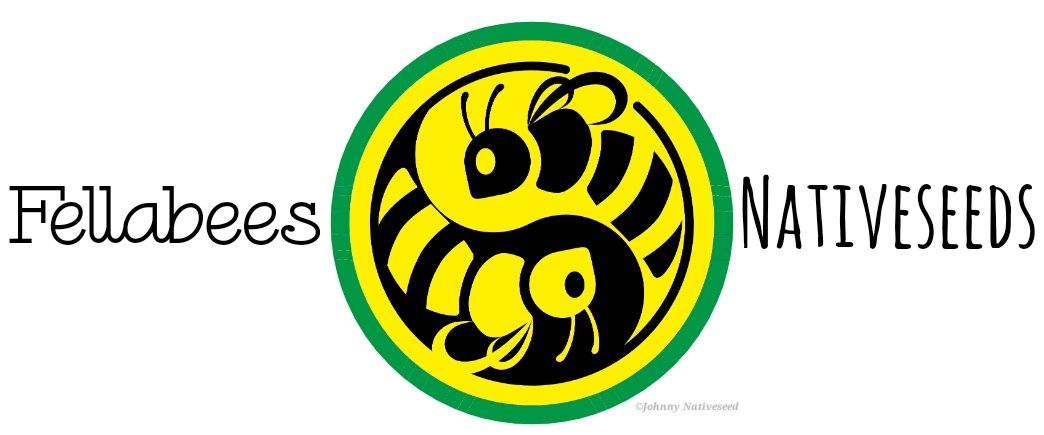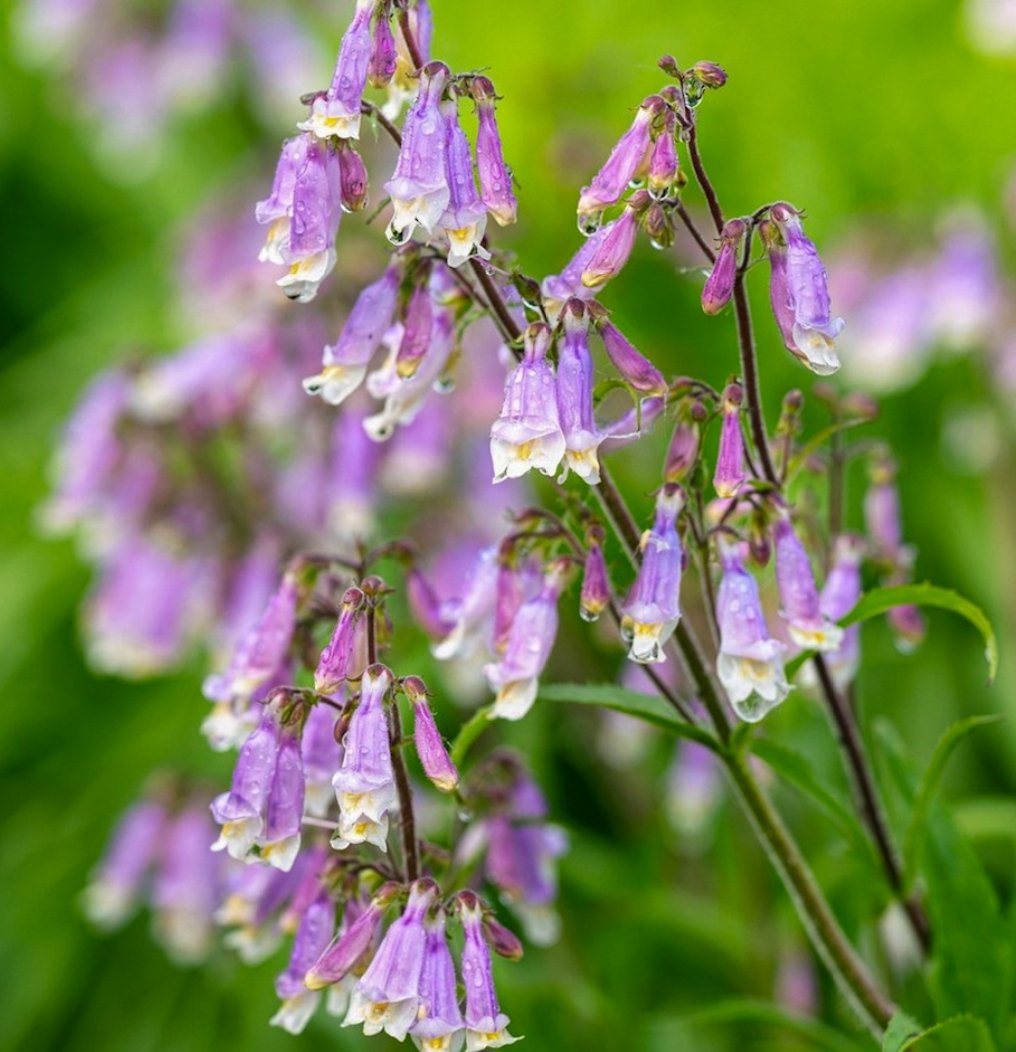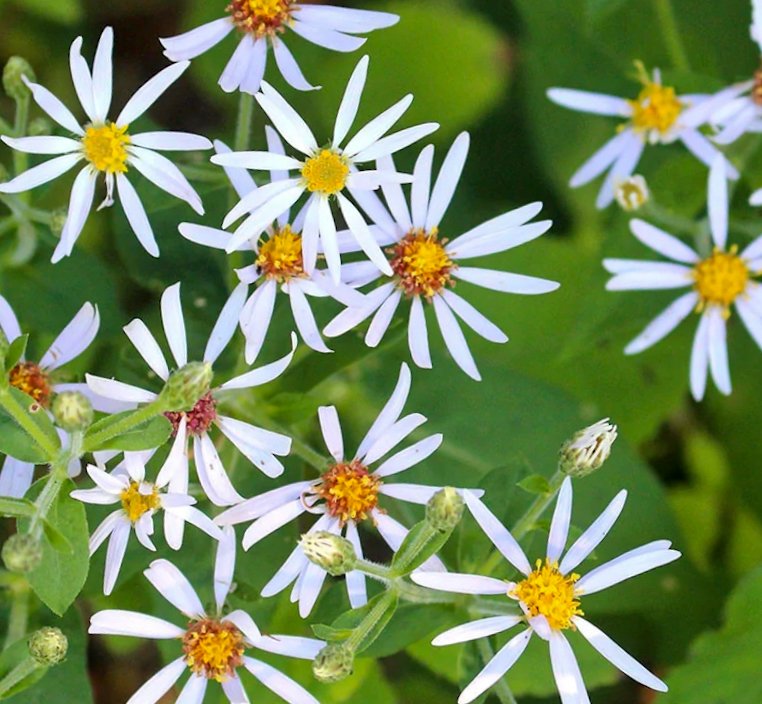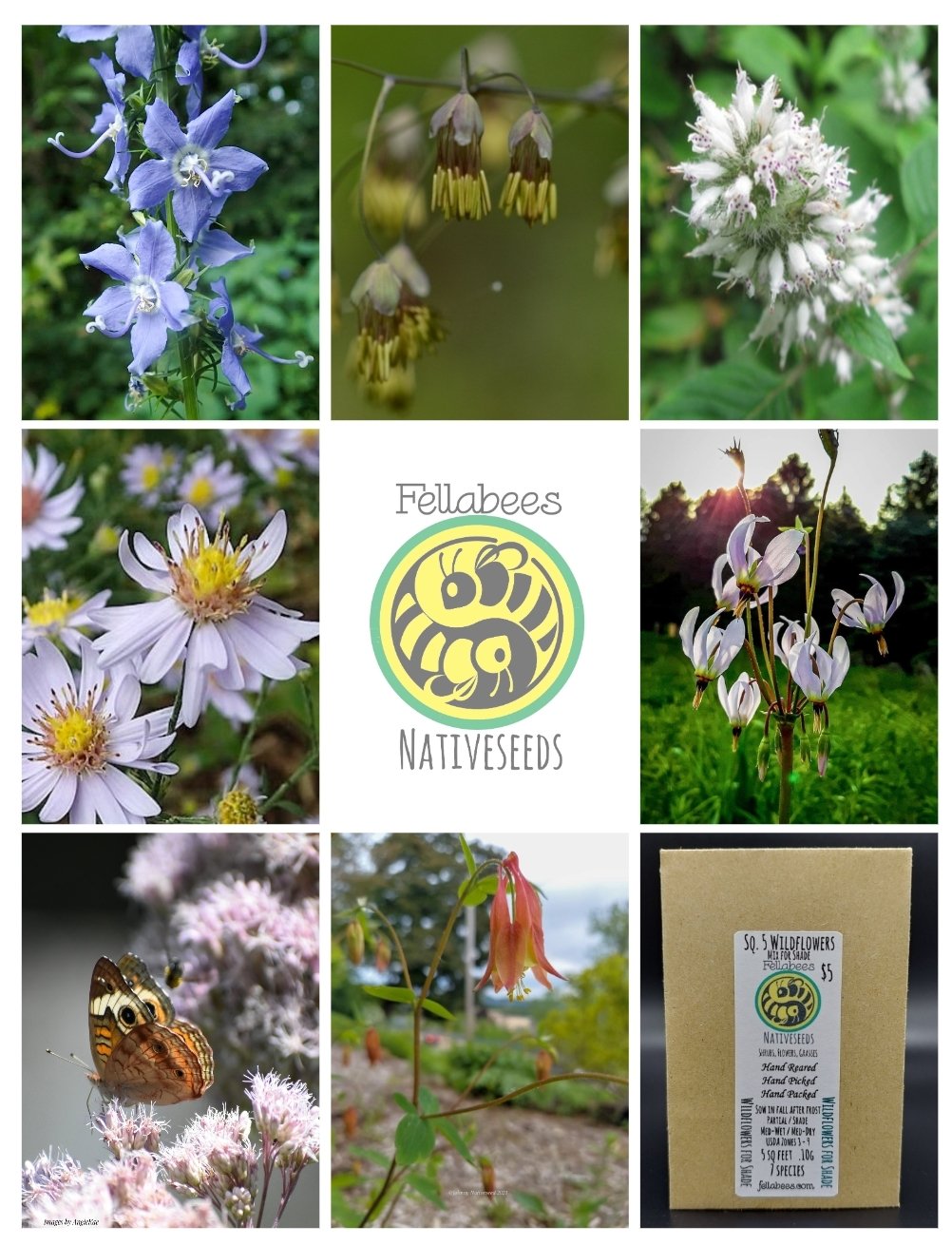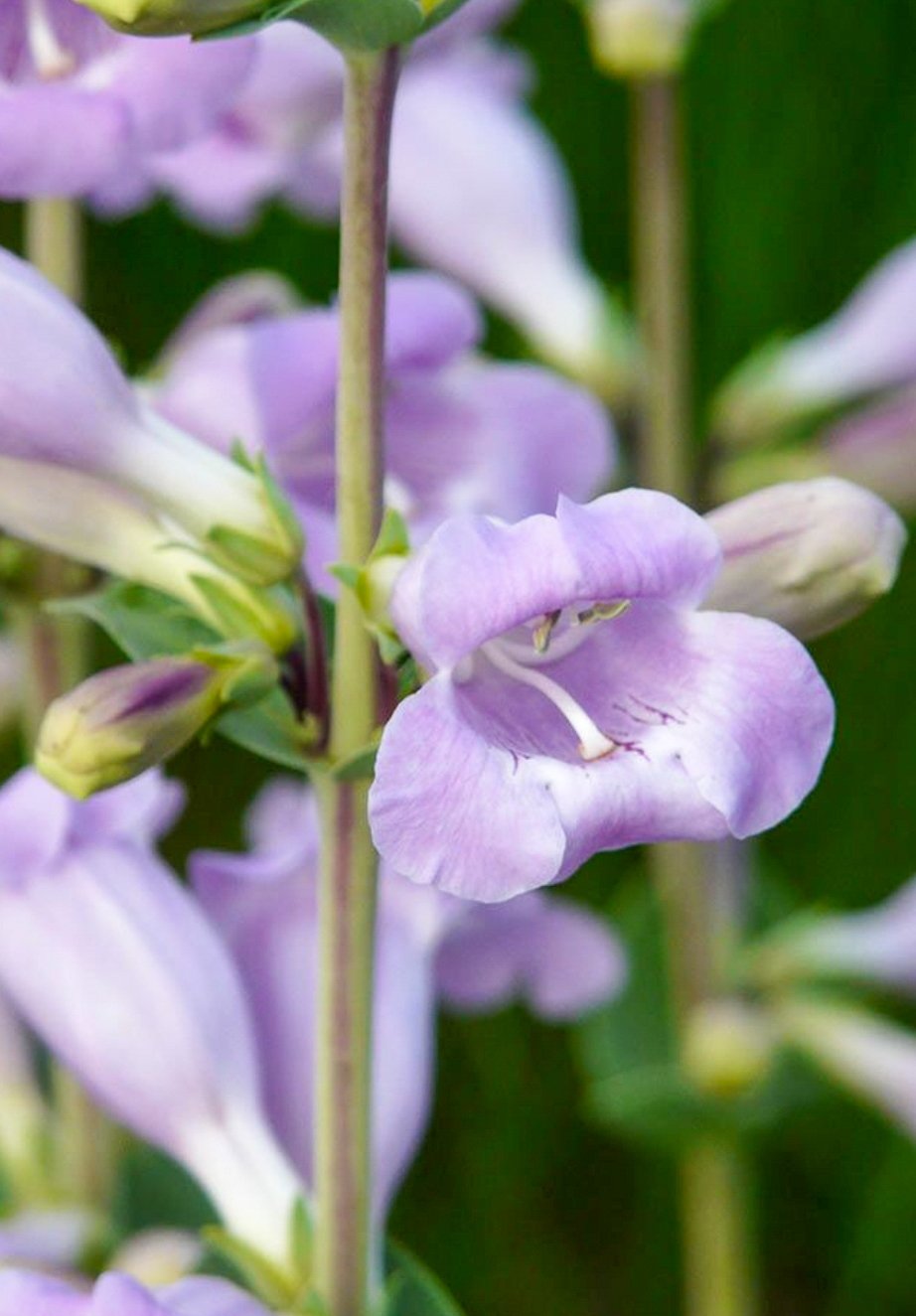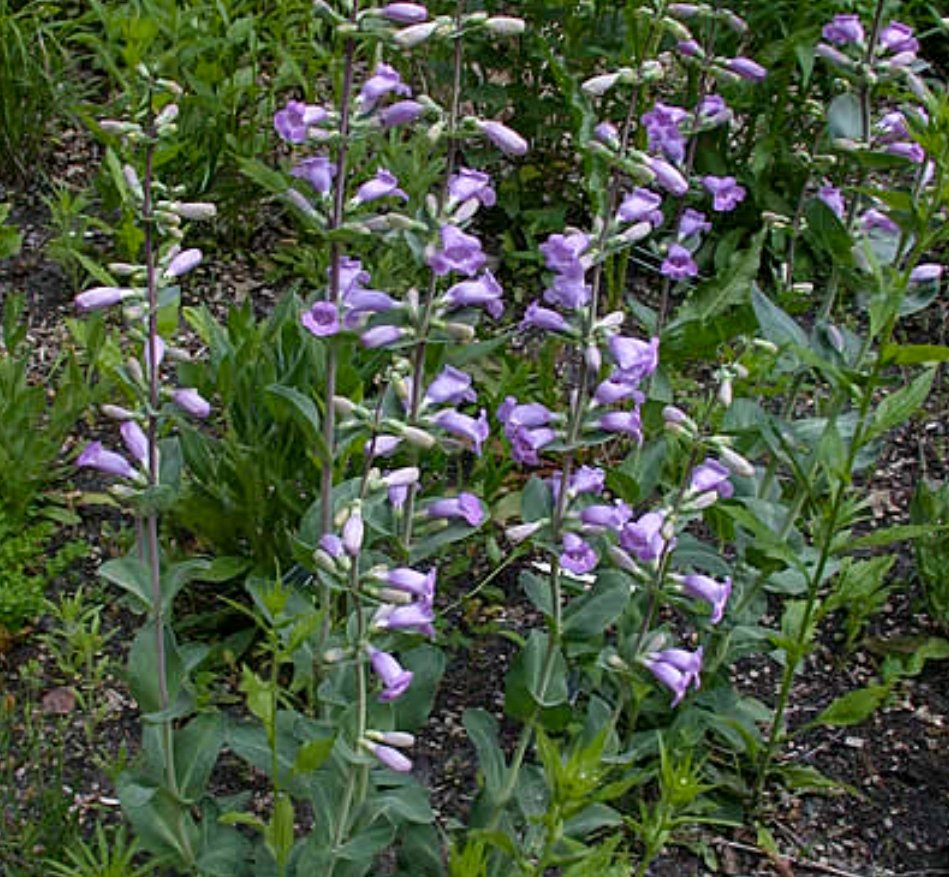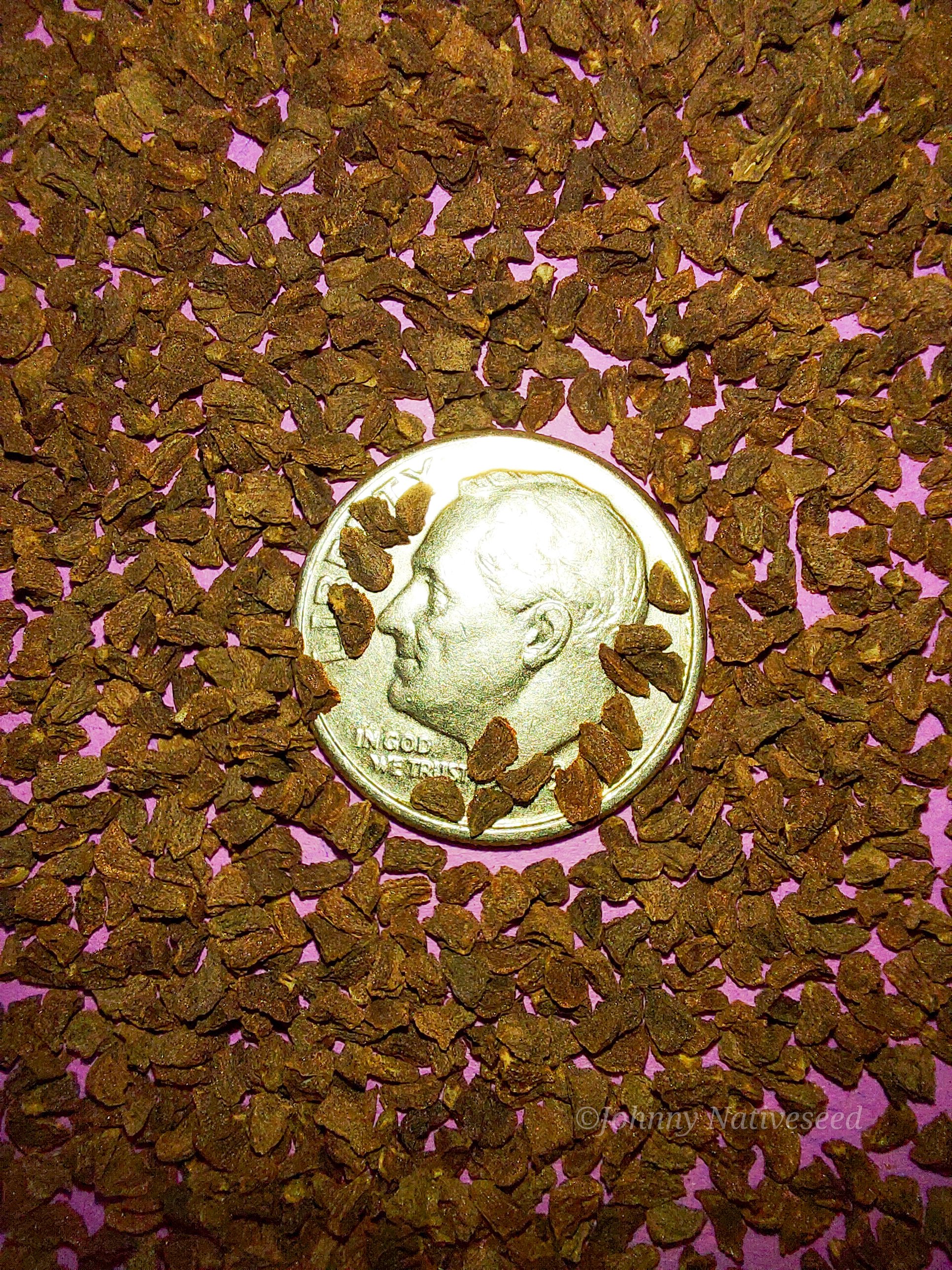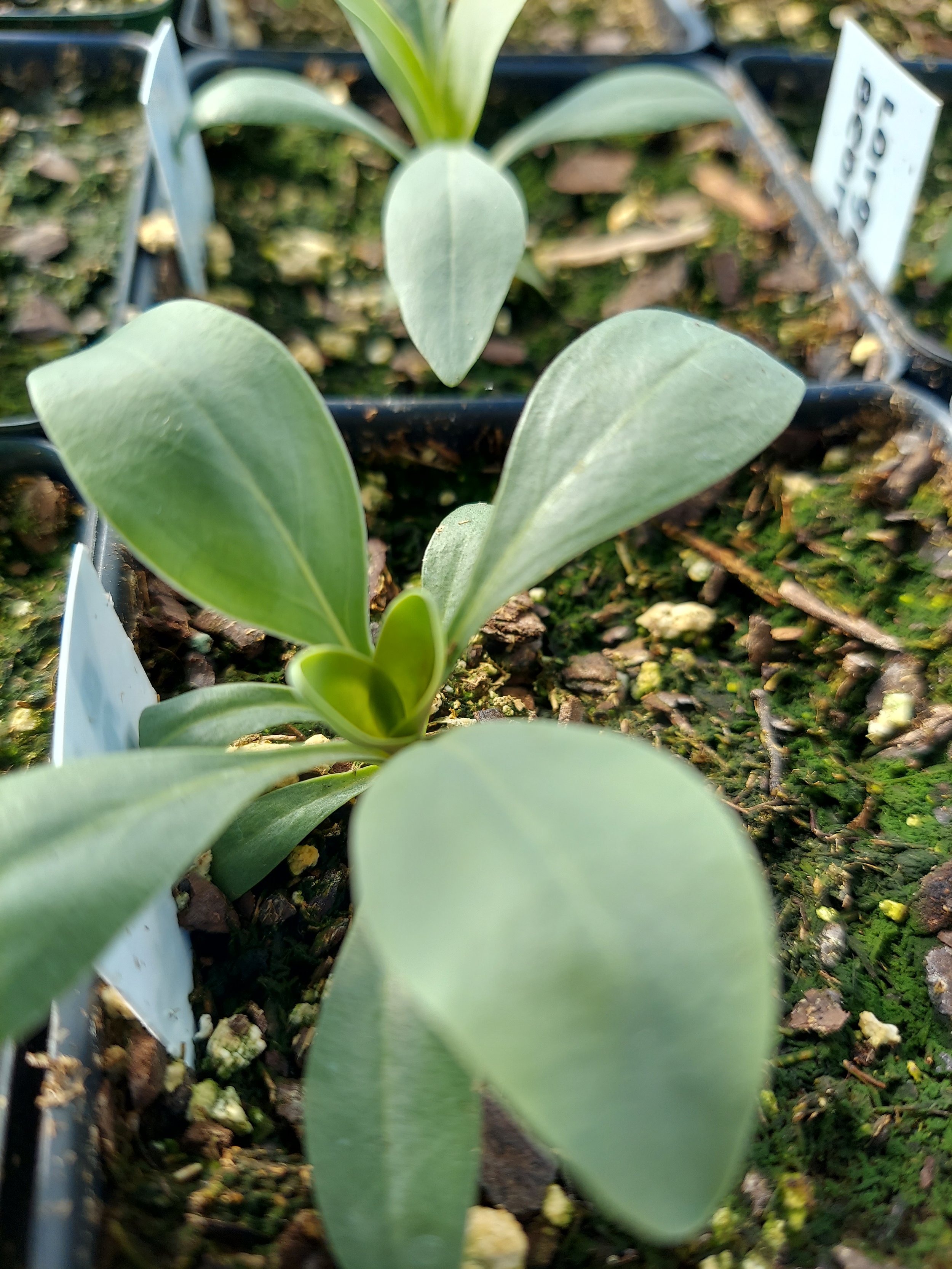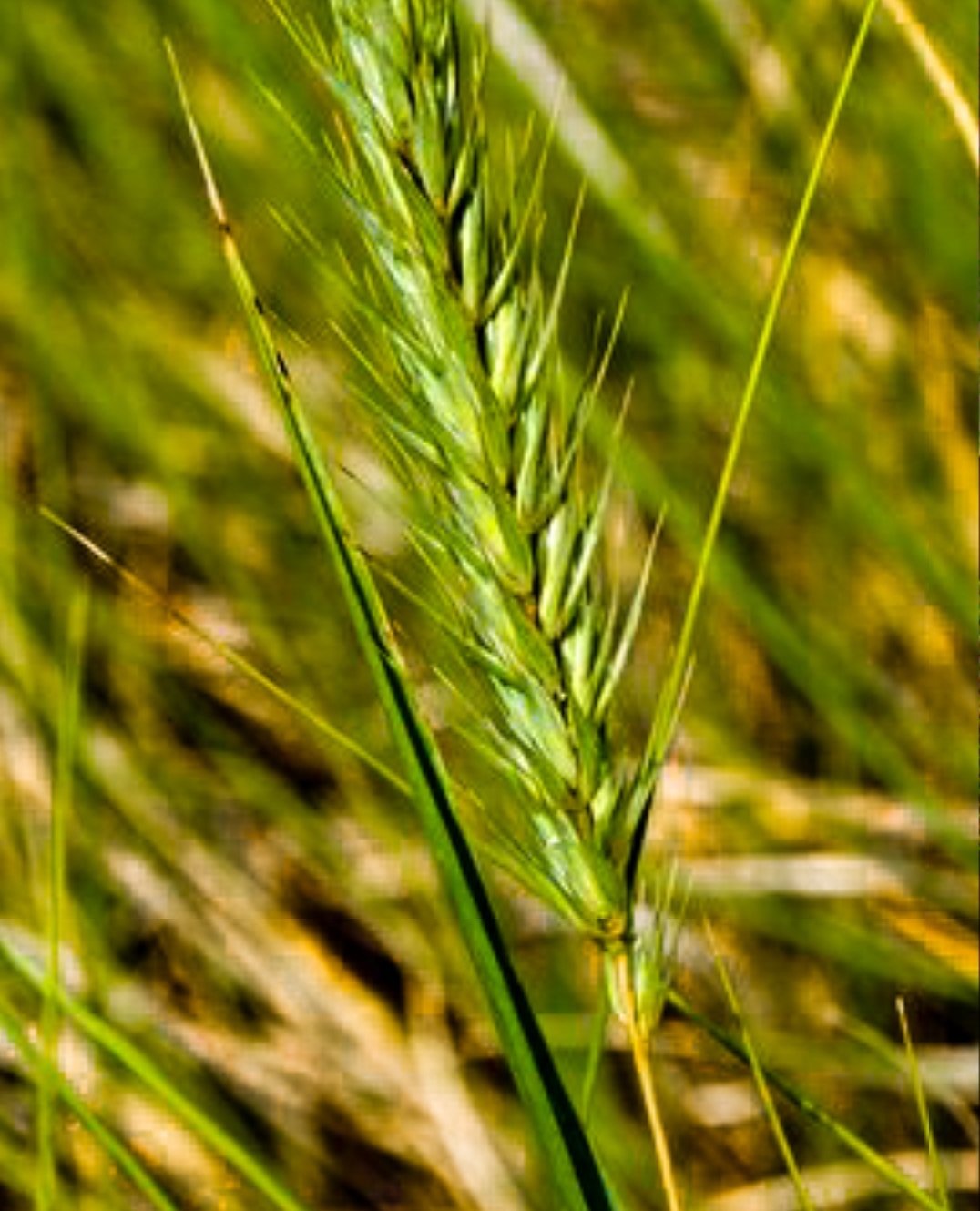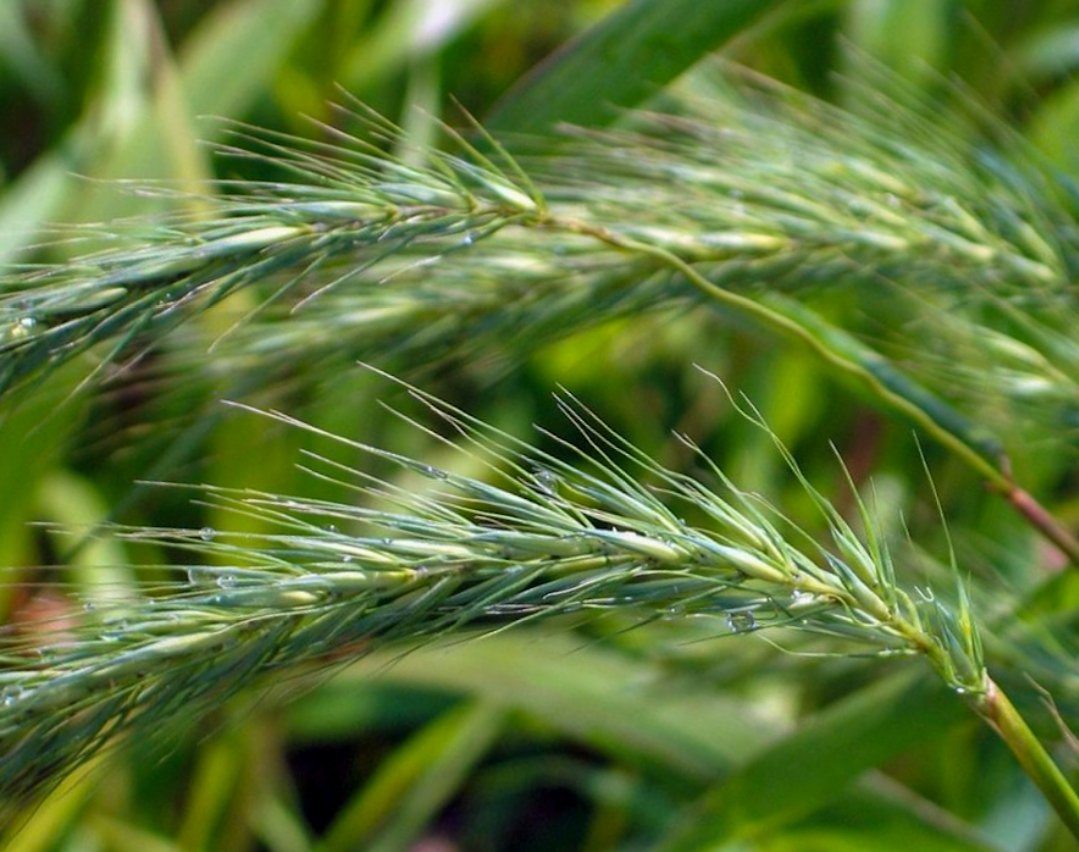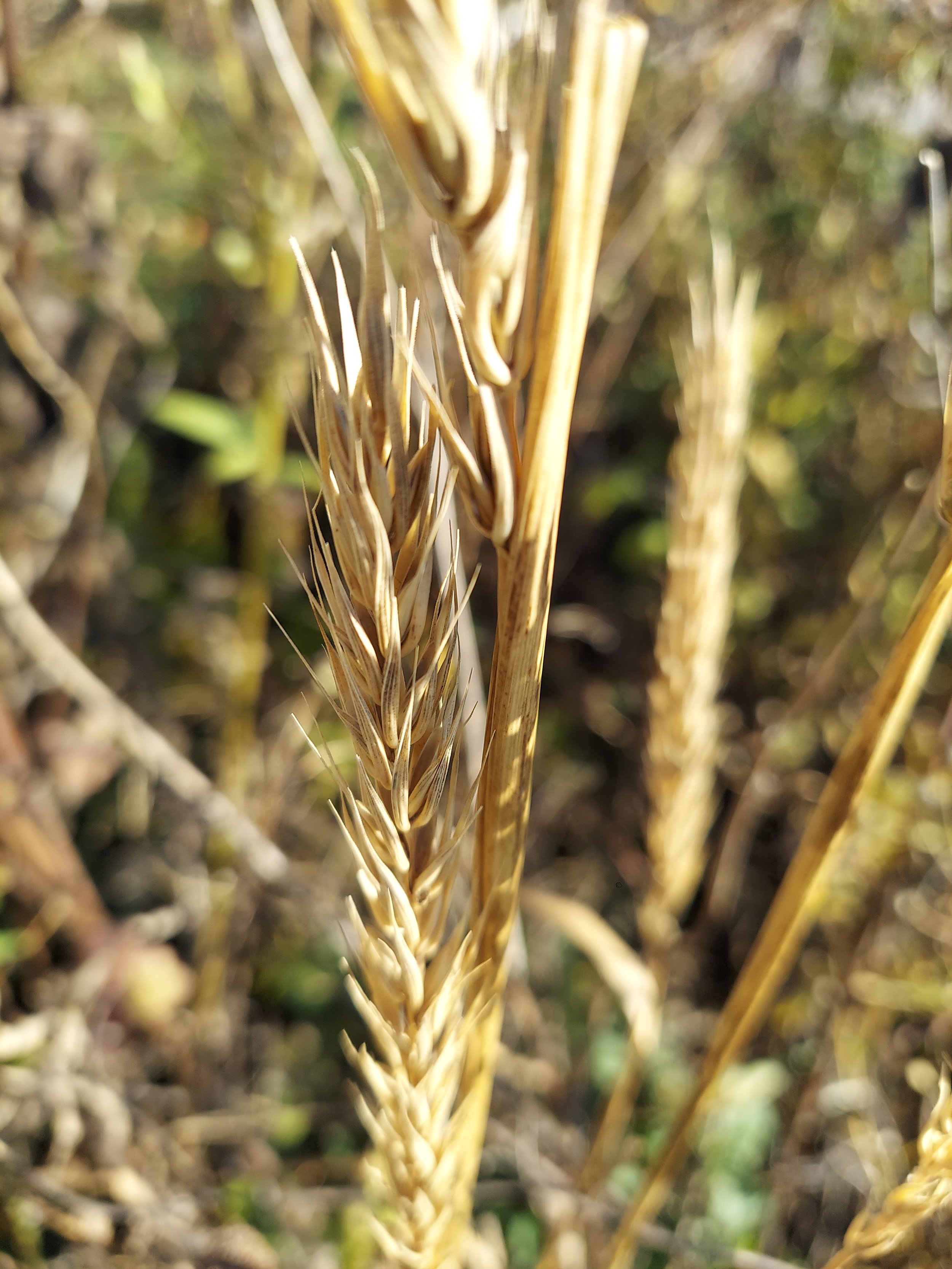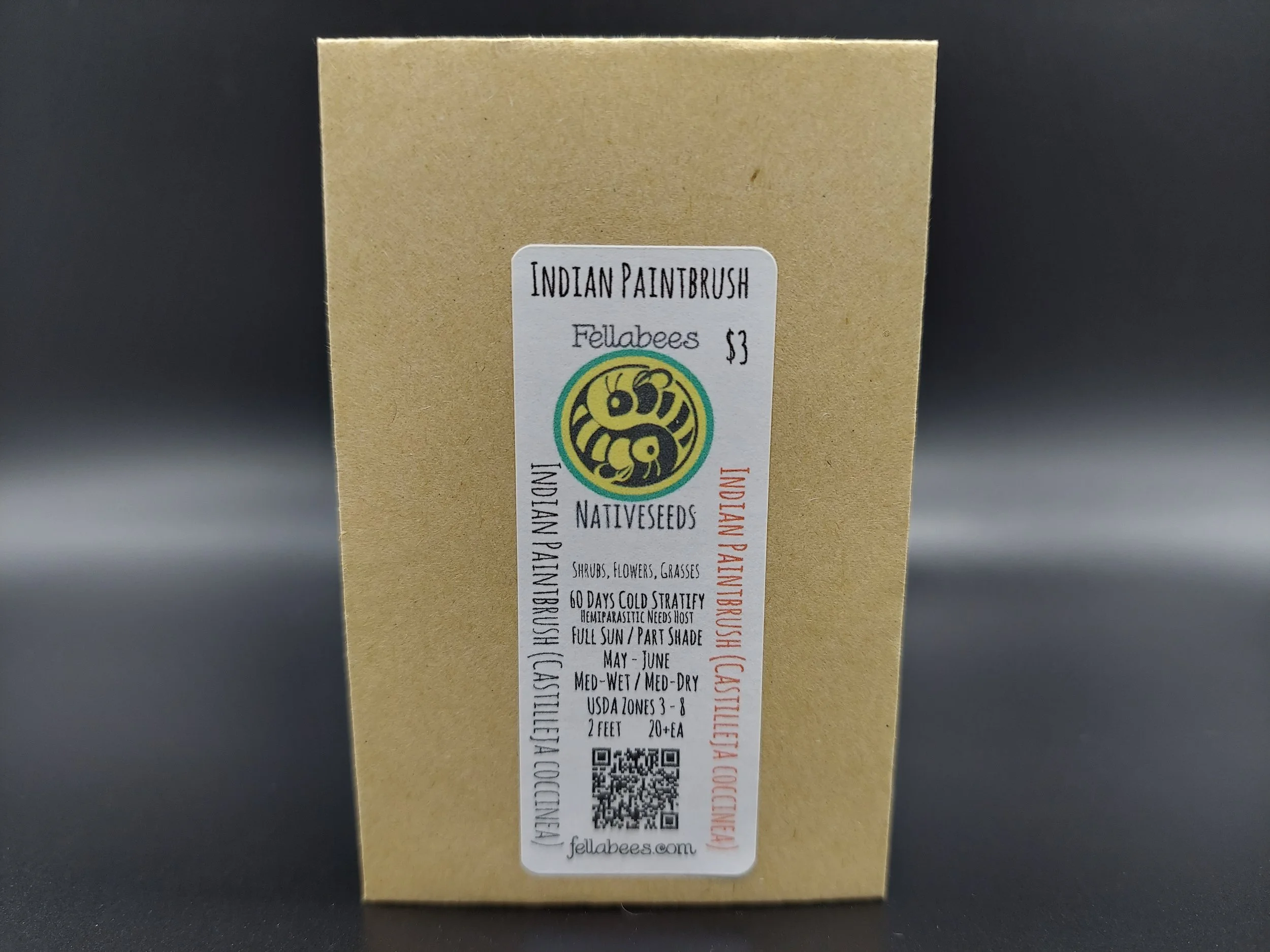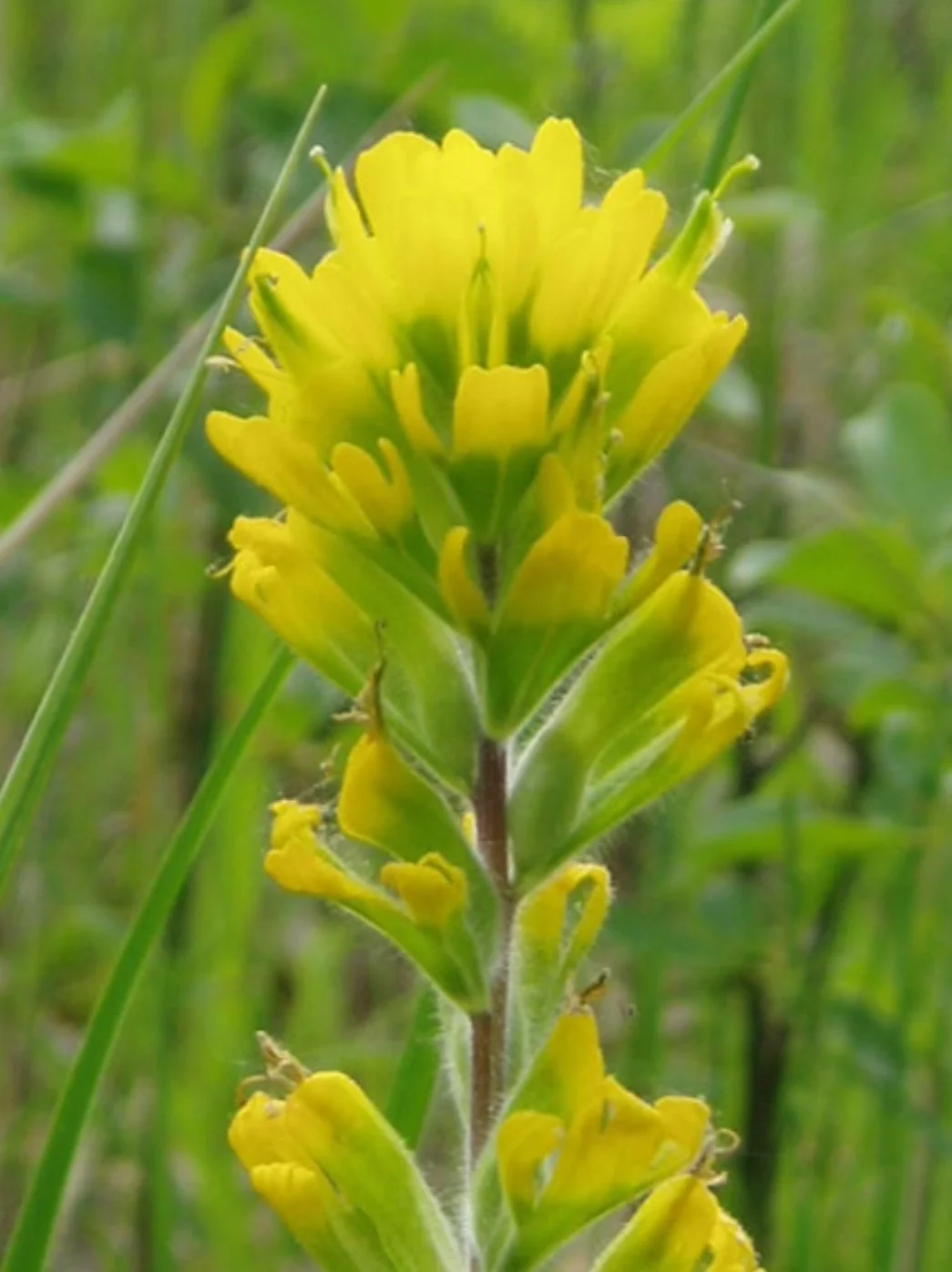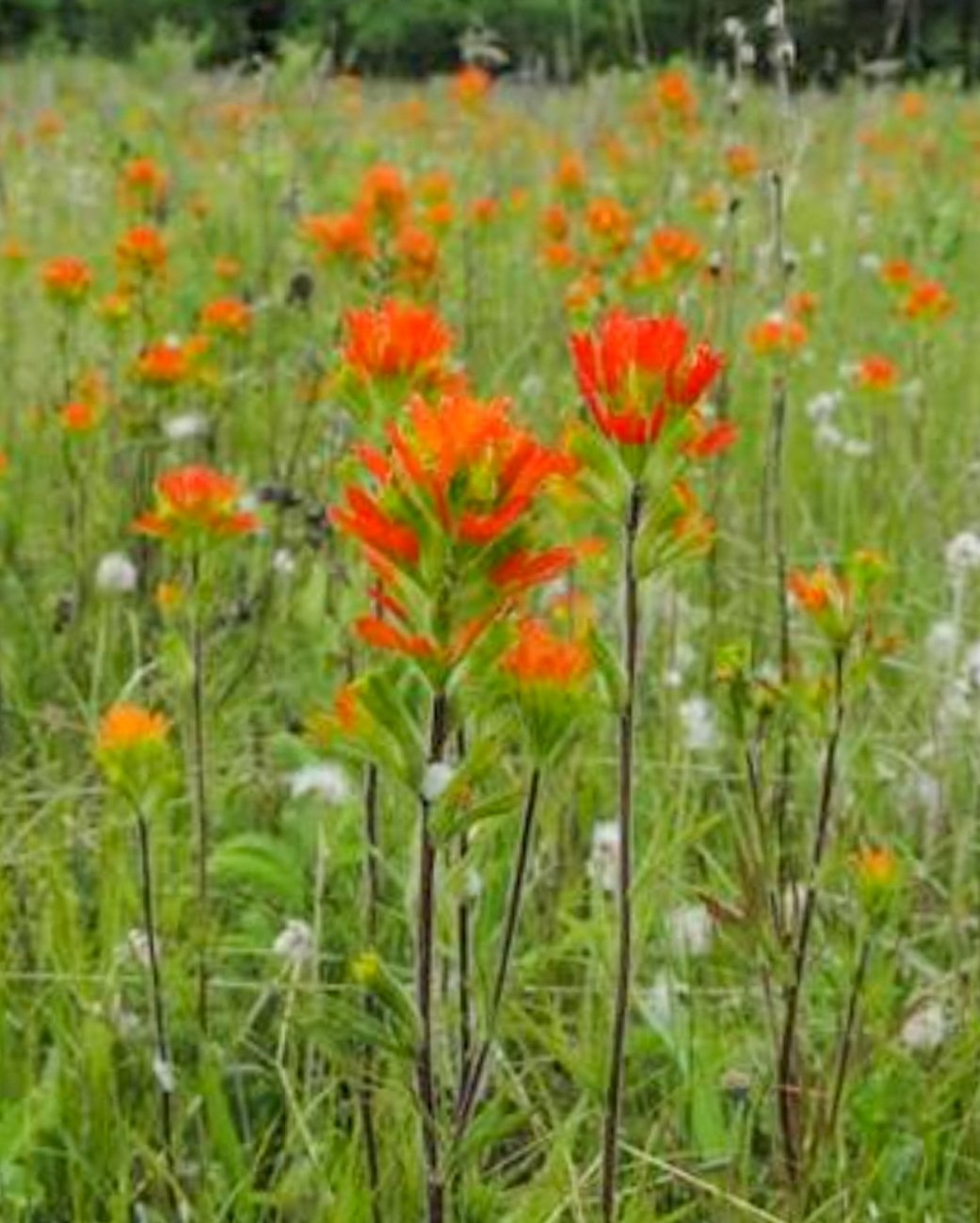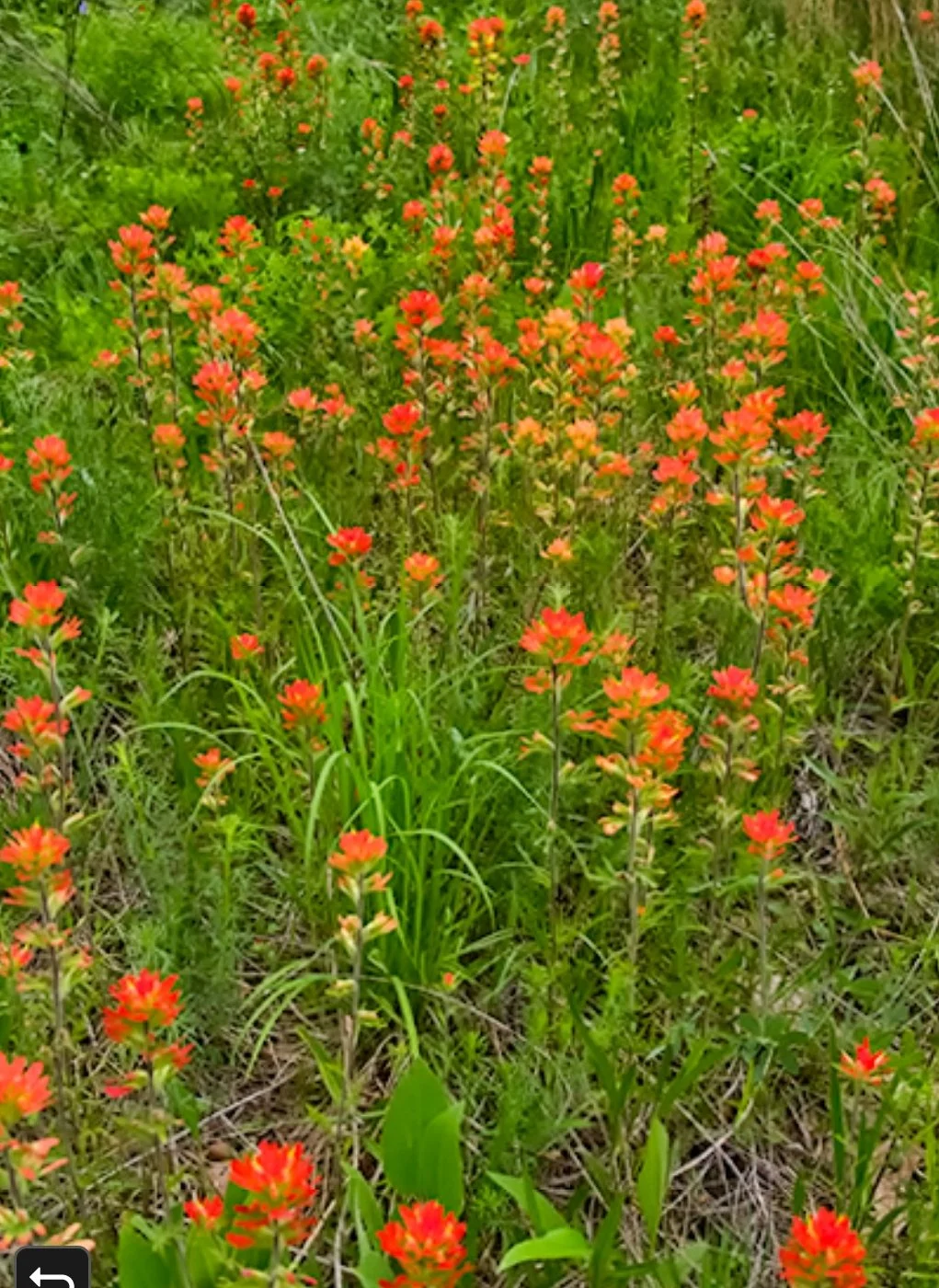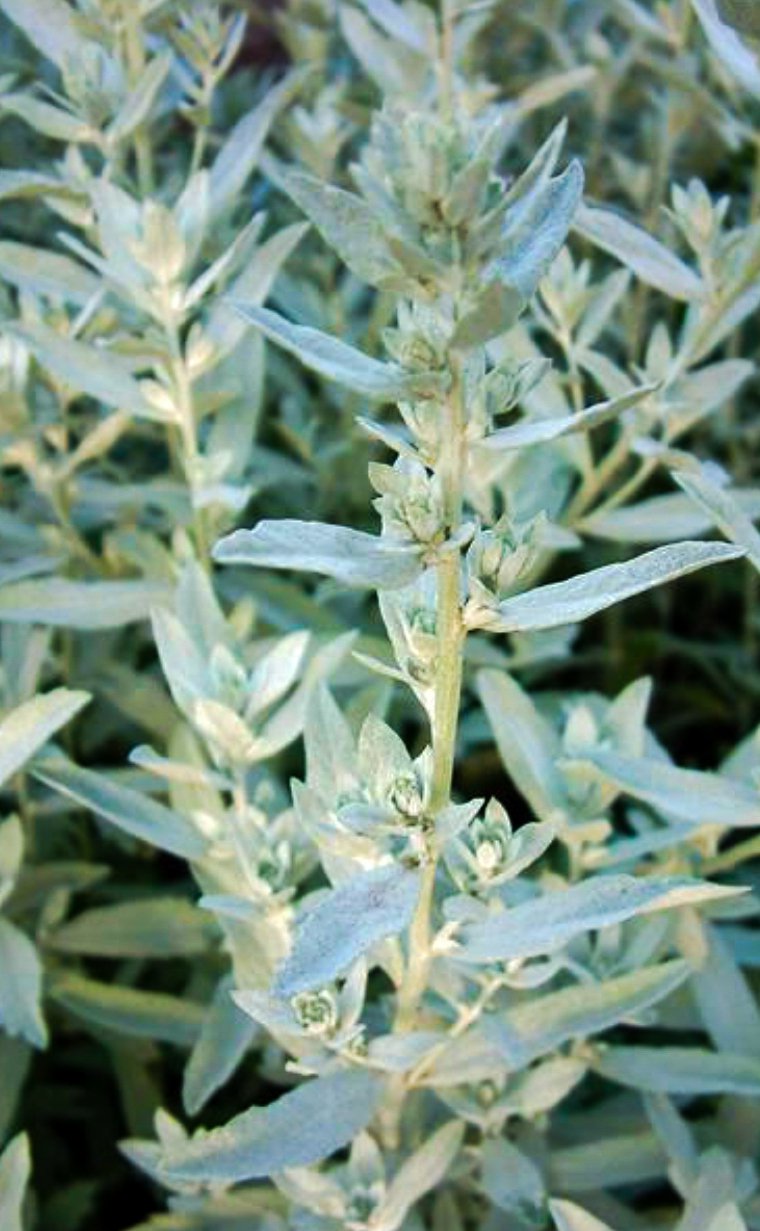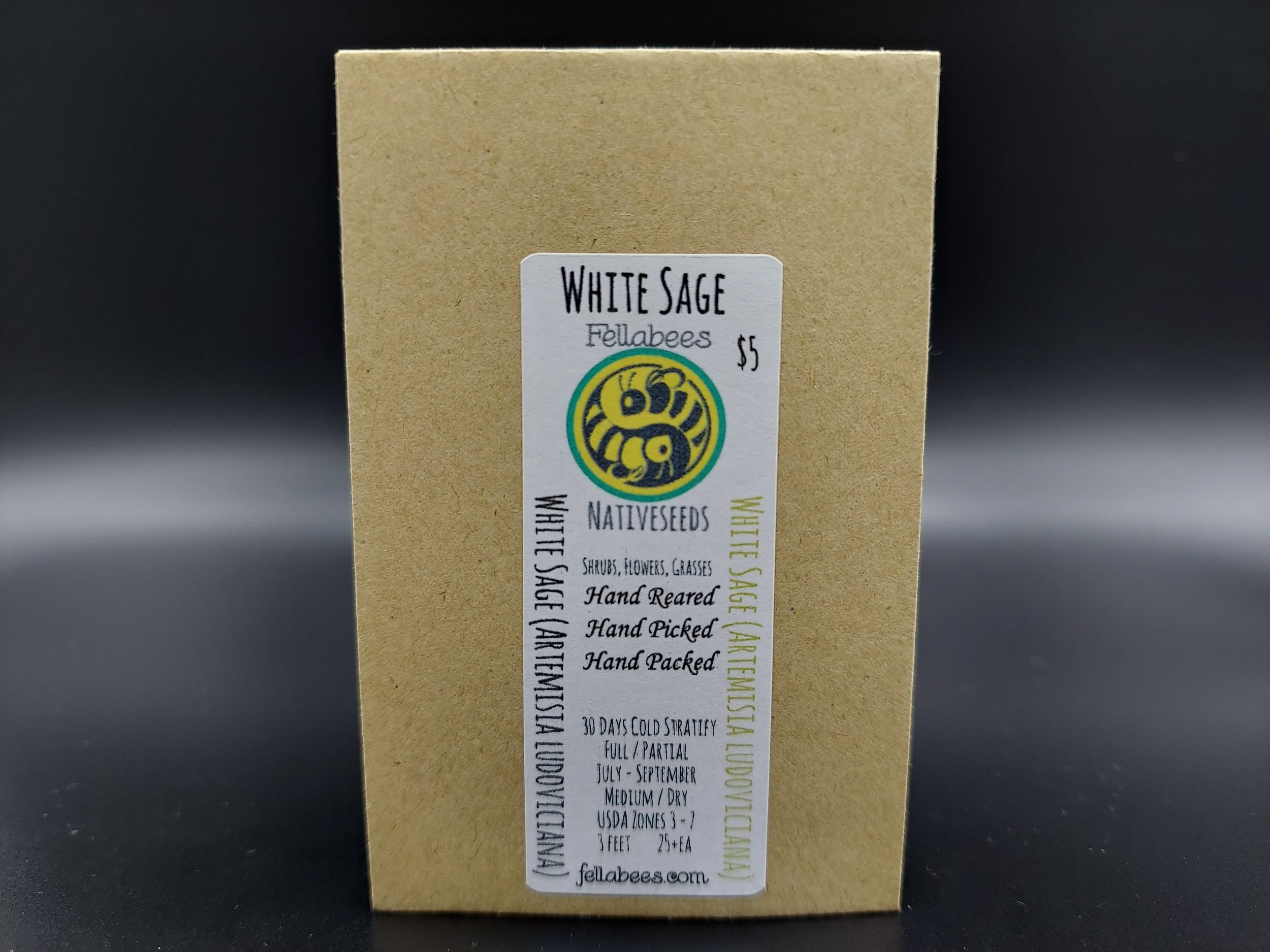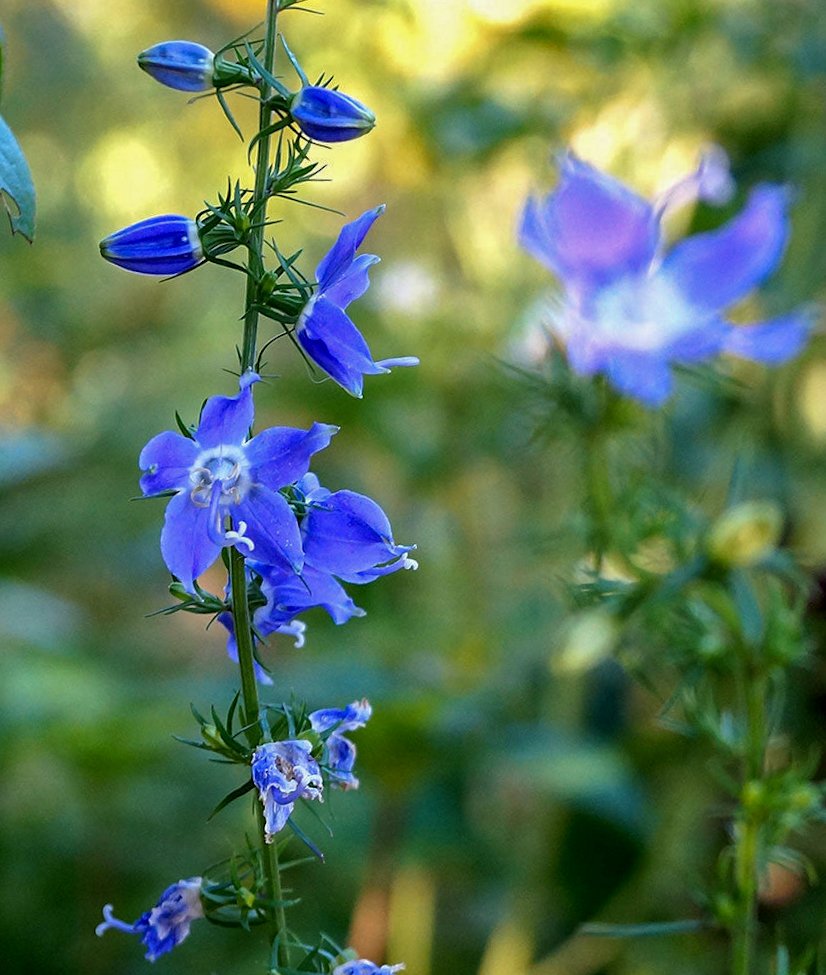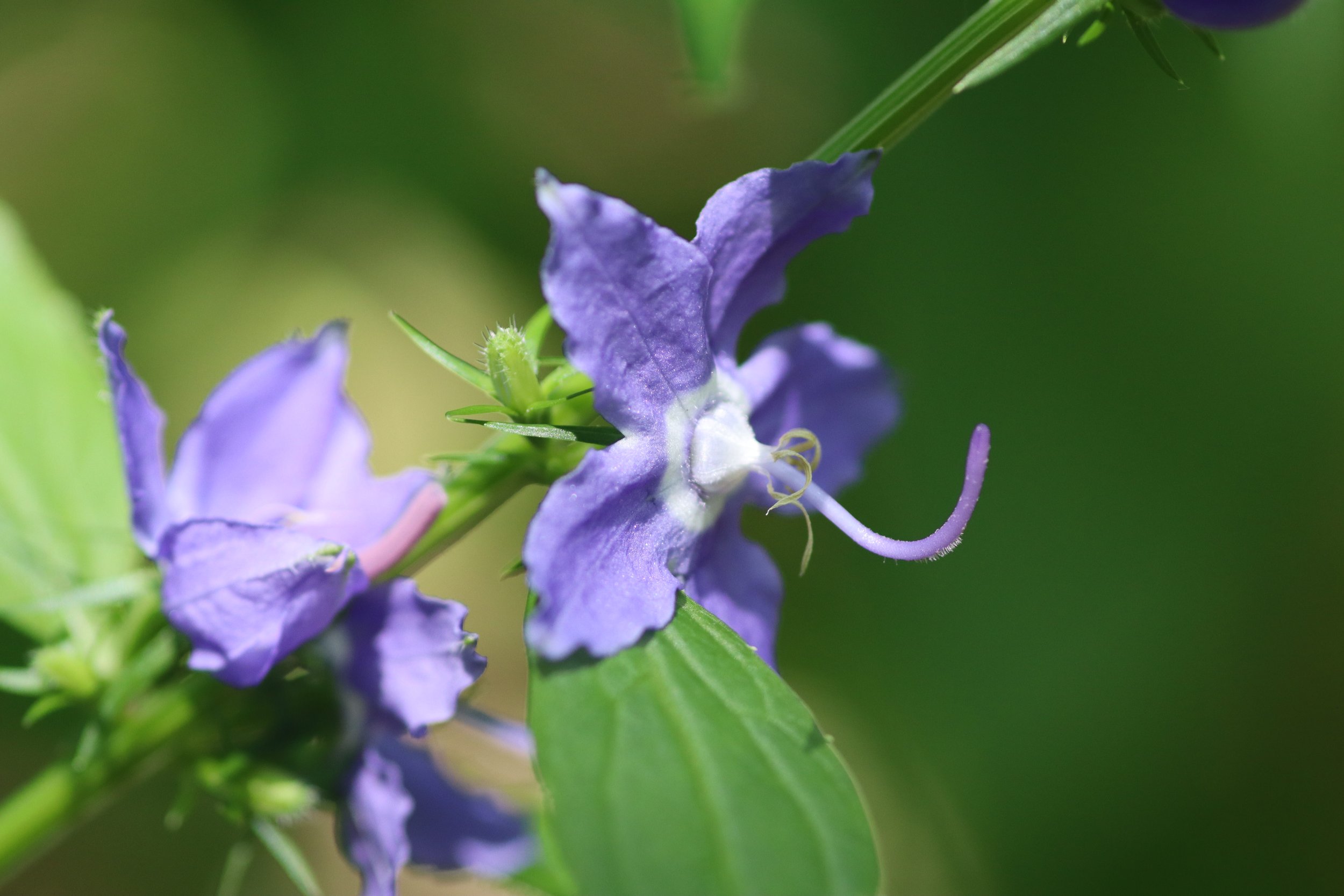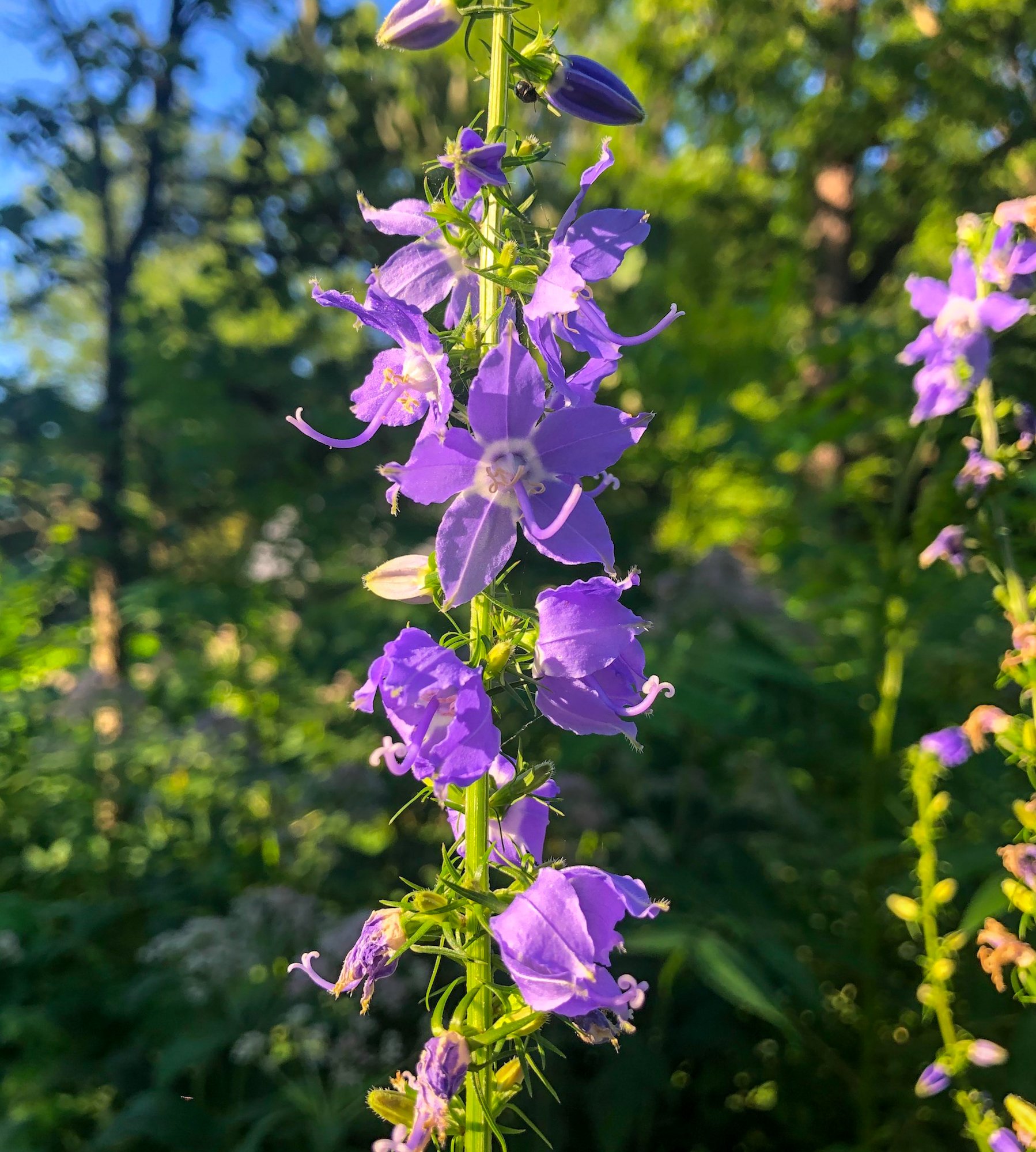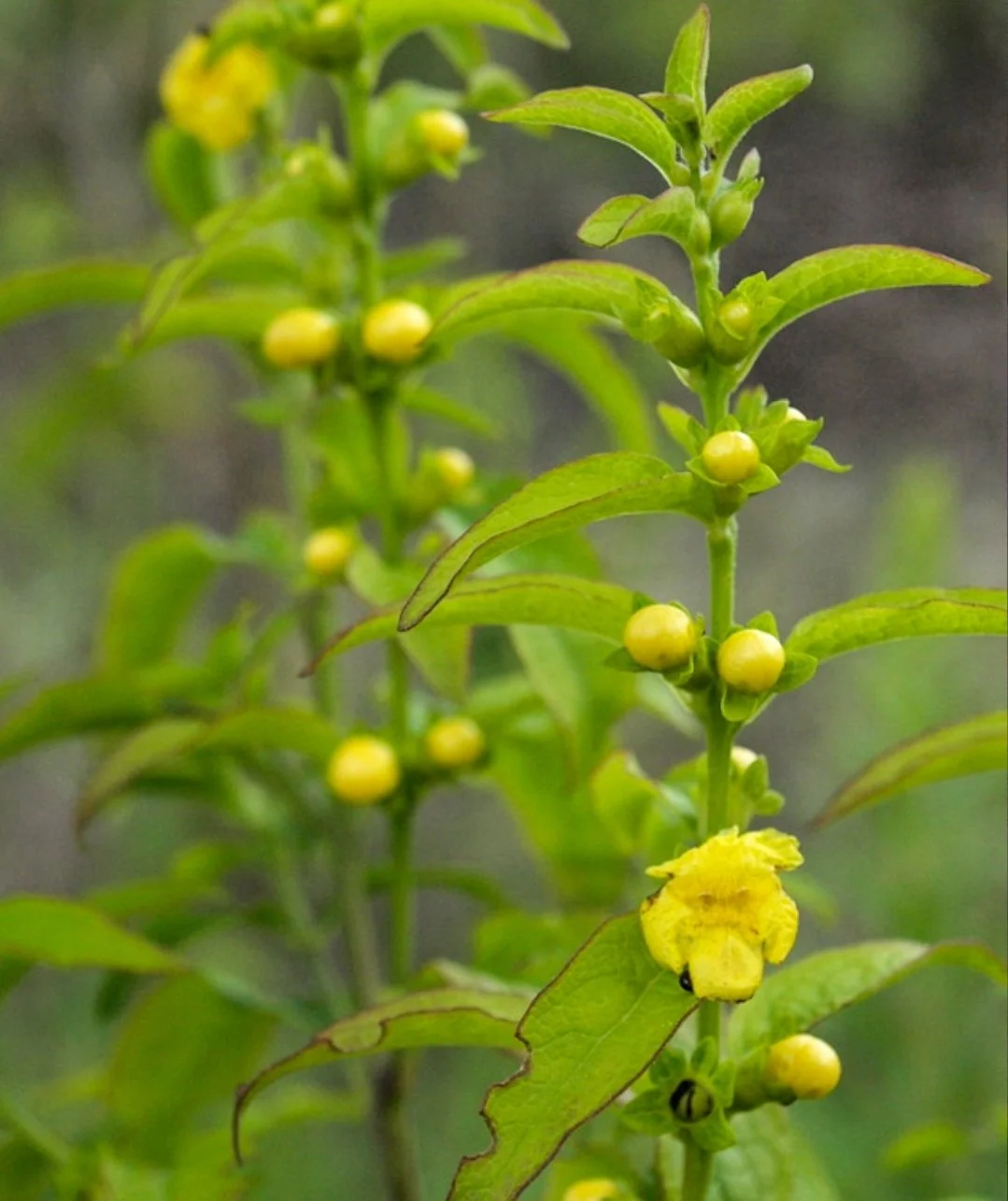 Image 1 of 7
Image 1 of 7

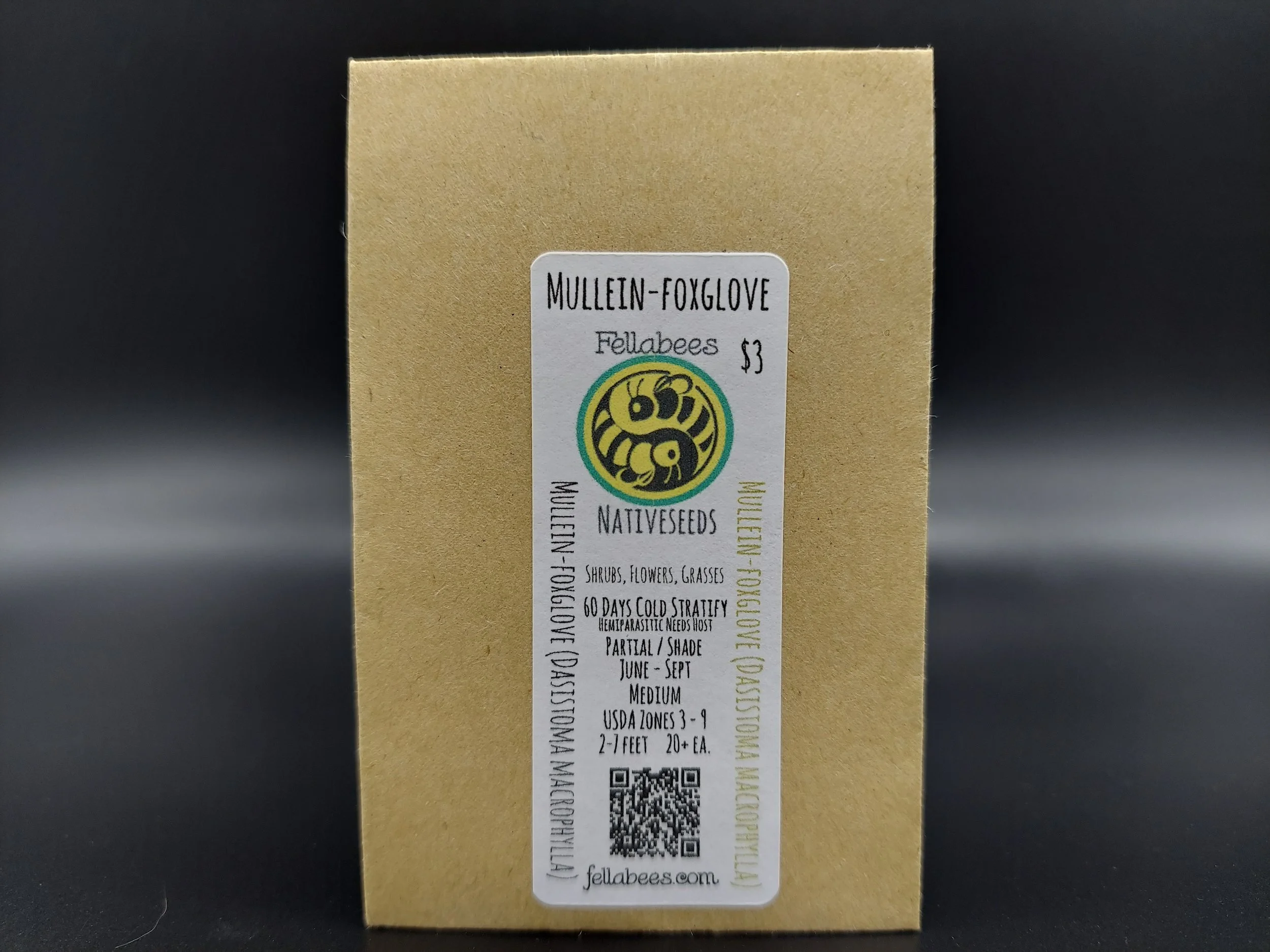 Image 2 of 7
Image 2 of 7

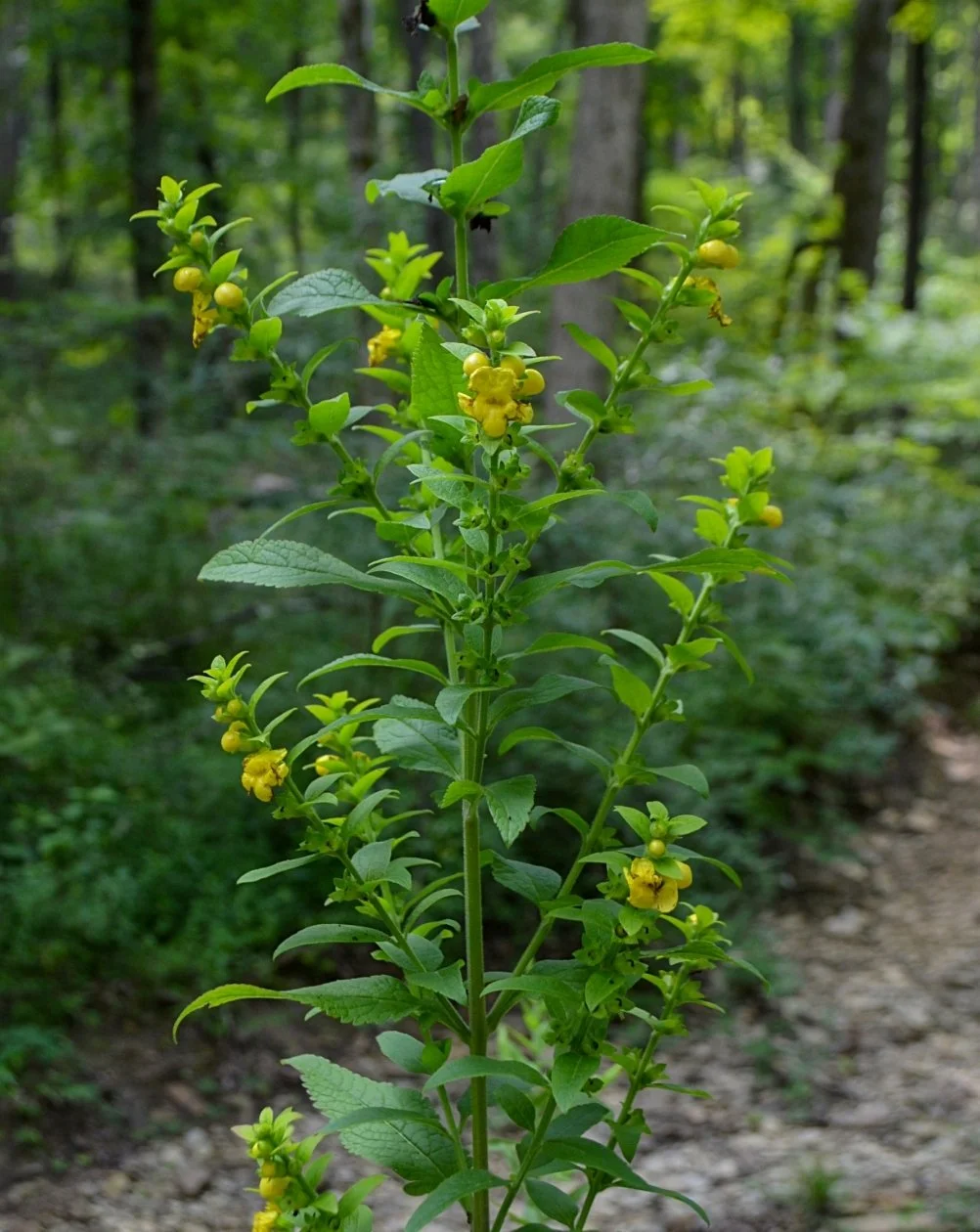 Image 3 of 7
Image 3 of 7

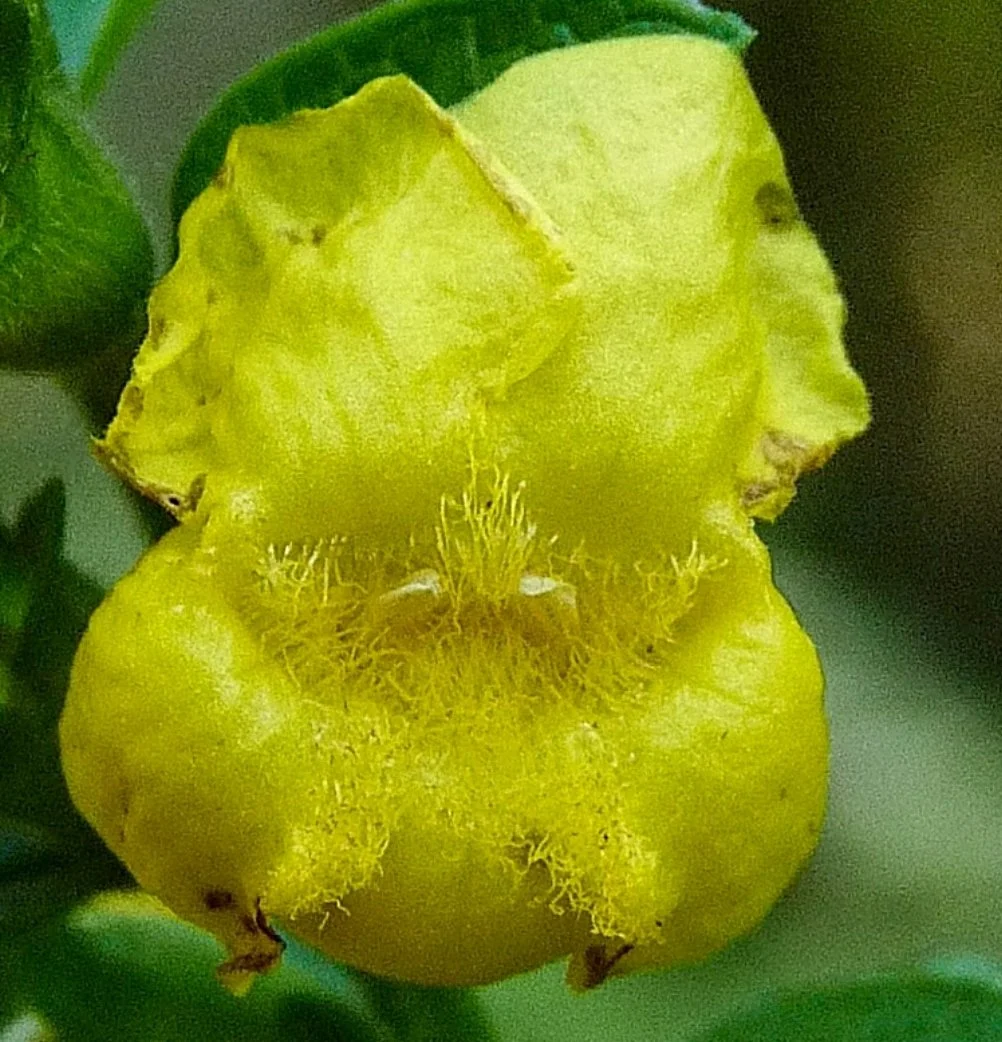 Image 4 of 7
Image 4 of 7

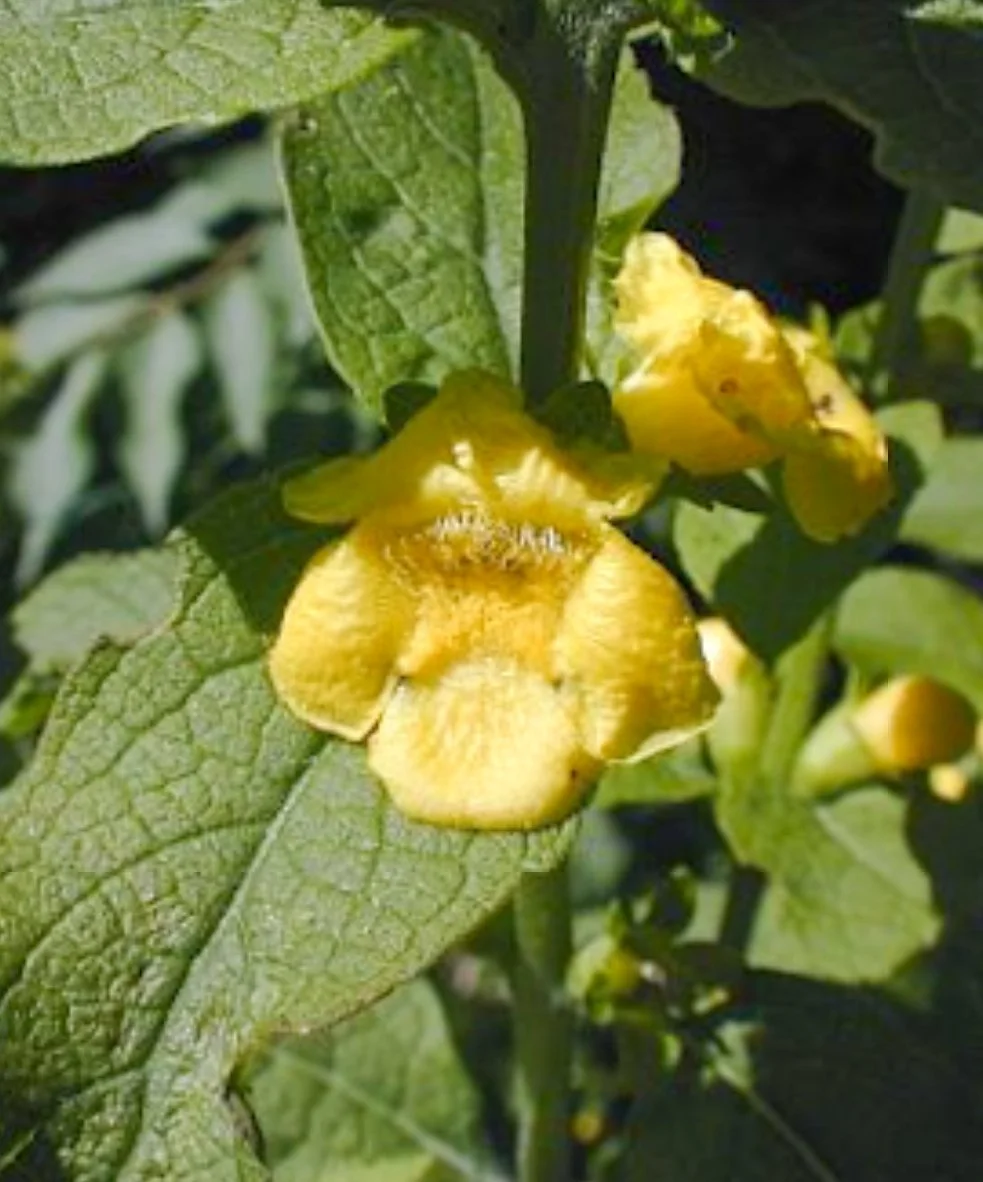 Image 5 of 7
Image 5 of 7

 Image 6 of 7
Image 6 of 7

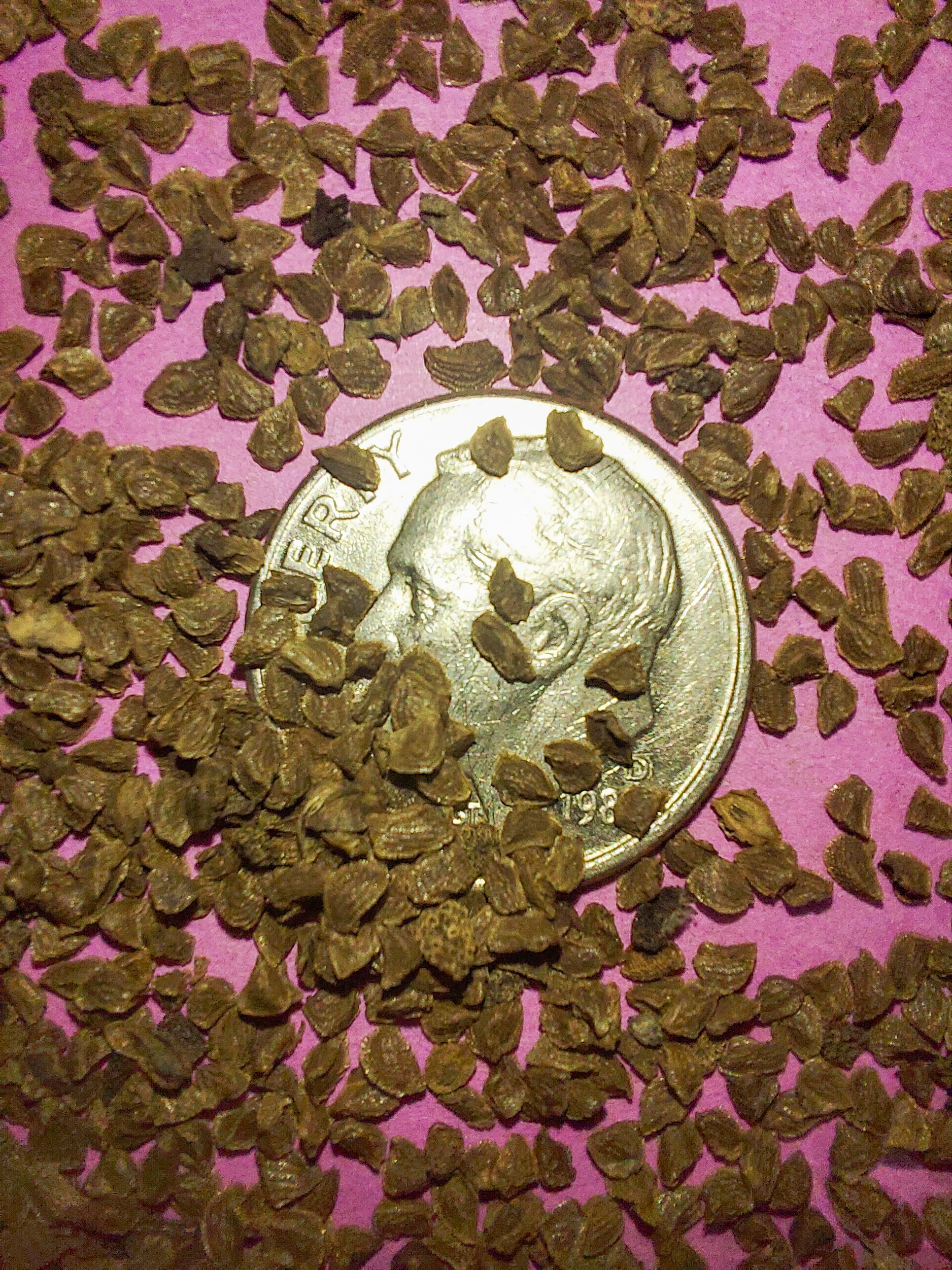 Image 7 of 7
Image 7 of 7








Mullein-foxglove (Dasistoma macrophylla)
Mullein-foxglove (Dasistoma macrophylla)
Dasistoma macrophylla is the scientific name for the species more commonly known as mullein foxglove. It is a distinctive species of flowering plant belonging to the broomrape family. Mullein foxglove is monotypic, meaning it is the only species within the genus Dasistoma. Additionally, it is hemiparasitic, which means it partially depends on a host plant to thrive. In the case of Dasistoma macrophylla, the preferred host species are Oak Trees, from which it derives some nutrients while still performing photosynthesis on its own.
Mullein-foxglove can grow alone even though it partly depends on other plants. The plants preference is to partial sun, medium to dry soil conditions, and tolerates loamy, clay-loam, or rocky soil. This plant benefits from the proximity of oak trees. Its size is highly variable, and you can tell if it has connected to a host tree by its height: 2-3 feet tall without a host, up to 7 feet with one. It usually has a main stem that branches a little, with side stems that branch less. The stems are slightly hairy and range from green to reddish green. Leaves grow opposite each other and can be up to 12 inches long and 4 inches wide, getting smaller toward the top. Lower leaves have lobes and teeth, while upper leaves are long and smooth-edged. Leaf stalks get shorter going up, and top leaves often have no stalk. Most leaves have little to no hair.
Habitats typically include open rocky woodlands, oak savannas, paths winding through woodlands, thinly wooded bluffs, woodland borders, dense thickets, and rocky slopes found along riverbanks. This species is known to tolerate low to moderate levels of environmental disturbance, allowing it to thrive in a variety of somewhat impacted natural settings.
Bumblebees are the main flower pollinators, collecting nectar and pollen. Other long-tongued bees and miner bees, also visit. Butterflies and skippers sometimes drink nectar but rarely pollinate. The moth Rhodoecia aurantiago larvae eat seed capsules. Common Buckeye Butterfly caterpillars feed on leaves because they contain bitter iridoid glycosides. These compounds release a hormone that triggers hunger, attracting caterpillars, especially on plants like Mullein-foxglove. Female butterflies may lay eggs on these plants so their larvae get these compounds. Iridoid glycosides help caterpillars grow but slow predator growth. Predators like ants, wasps, birds, and small animals prefer caterpillars without these compounds.
Plant Details:
USDA Zones: 3-9
Germination Needs: Needs 60 Days cold Moist Stratification. Hemiparasitic benefiting from host species
Life Cycle: Annual/Biennial
Sun Exposure: Partial to Shade
Soil Moisture: Medium
Plant Spacing: 1 - 2 feet
Height: 2 - 7 feet
Bloom time: June, July, August, September
Bloom Color: Yellow
Advantages:
Pollinator Favorite: butterflies, moths, bees, wasps, beetles
Bird Favorite: seeds, insects, fruit, nectar, nesting, perches.
Native to: Wisconsin, Iowa, Illinois, Indiana, Michigan, Ohio, West Virginia, Virginia, Kentucky, Tennessee, South Carolina, Georgia, Alabama, Mississippi, Louisiana, Arkansas, Missouri, Texas, Oklahoma, Kansas, and Nebraska.
This species is considered present but rare in several counties of the states of Wisconsin, Michigan, West Virginia, South Carolina, Georgia, Oklahoma and Nebraska.
This species is considered to be extirpated (locally extinct) in several counties of the state of Louisiana.
Seed Count: 20+
.
.
Packet quantities:
We pride ourselves on ethical, hands on, ecological management, using no mechanical or chemical methods whatsoever.
All of our native seed is hand reared, hand-picked, and hand packed from native prairies under our exclusive management, never breaking chain of custody from the field until it is sent to you. Each packet is hand prepared for shipment by us, directly.
Small seed species will contain greater than 20-25 seed
Large seed species will contain greater than 10-15 seed
All packets are individually marked at the bottom of the front label with expected count, however most if not all packets will have many more than the minimum count by default.
It is our mission to spread the wealth of native plant and pollinator ecological sustainability and educate back yard gardeners as well as corporate and government entities in how to germinate, grow, and benefit from native synergies.
Thank you for your support, it is because of you, that we can grow together to do, what we do. 🐛🦋🐝🐞🌾🌱🌼🧡
Mullein-foxglove (Dasistoma macrophylla)
Dasistoma macrophylla is the scientific name for the species more commonly known as mullein foxglove. It is a distinctive species of flowering plant belonging to the broomrape family. Mullein foxglove is monotypic, meaning it is the only species within the genus Dasistoma. Additionally, it is hemiparasitic, which means it partially depends on a host plant to thrive. In the case of Dasistoma macrophylla, the preferred host species are Oak Trees, from which it derives some nutrients while still performing photosynthesis on its own.
Mullein-foxglove can grow alone even though it partly depends on other plants. The plants preference is to partial sun, medium to dry soil conditions, and tolerates loamy, clay-loam, or rocky soil. This plant benefits from the proximity of oak trees. Its size is highly variable, and you can tell if it has connected to a host tree by its height: 2-3 feet tall without a host, up to 7 feet with one. It usually has a main stem that branches a little, with side stems that branch less. The stems are slightly hairy and range from green to reddish green. Leaves grow opposite each other and can be up to 12 inches long and 4 inches wide, getting smaller toward the top. Lower leaves have lobes and teeth, while upper leaves are long and smooth-edged. Leaf stalks get shorter going up, and top leaves often have no stalk. Most leaves have little to no hair.
Habitats typically include open rocky woodlands, oak savannas, paths winding through woodlands, thinly wooded bluffs, woodland borders, dense thickets, and rocky slopes found along riverbanks. This species is known to tolerate low to moderate levels of environmental disturbance, allowing it to thrive in a variety of somewhat impacted natural settings.
Bumblebees are the main flower pollinators, collecting nectar and pollen. Other long-tongued bees and miner bees, also visit. Butterflies and skippers sometimes drink nectar but rarely pollinate. The moth Rhodoecia aurantiago larvae eat seed capsules. Common Buckeye Butterfly caterpillars feed on leaves because they contain bitter iridoid glycosides. These compounds release a hormone that triggers hunger, attracting caterpillars, especially on plants like Mullein-foxglove. Female butterflies may lay eggs on these plants so their larvae get these compounds. Iridoid glycosides help caterpillars grow but slow predator growth. Predators like ants, wasps, birds, and small animals prefer caterpillars without these compounds.
Plant Details:
USDA Zones: 3-9
Germination Needs: Needs 60 Days cold Moist Stratification. Hemiparasitic benefiting from host species
Life Cycle: Annual/Biennial
Sun Exposure: Partial to Shade
Soil Moisture: Medium
Plant Spacing: 1 - 2 feet
Height: 2 - 7 feet
Bloom time: June, July, August, September
Bloom Color: Yellow
Advantages:
Pollinator Favorite: butterflies, moths, bees, wasps, beetles
Bird Favorite: seeds, insects, fruit, nectar, nesting, perches.
Native to: Wisconsin, Iowa, Illinois, Indiana, Michigan, Ohio, West Virginia, Virginia, Kentucky, Tennessee, South Carolina, Georgia, Alabama, Mississippi, Louisiana, Arkansas, Missouri, Texas, Oklahoma, Kansas, and Nebraska.
This species is considered present but rare in several counties of the states of Wisconsin, Michigan, West Virginia, South Carolina, Georgia, Oklahoma and Nebraska.
This species is considered to be extirpated (locally extinct) in several counties of the state of Louisiana.
Seed Count: 20+
.
.
Packet quantities:
We pride ourselves on ethical, hands on, ecological management, using no mechanical or chemical methods whatsoever.
All of our native seed is hand reared, hand-picked, and hand packed from native prairies under our exclusive management, never breaking chain of custody from the field until it is sent to you. Each packet is hand prepared for shipment by us, directly.
Small seed species will contain greater than 20-25 seed
Large seed species will contain greater than 10-15 seed
All packets are individually marked at the bottom of the front label with expected count, however most if not all packets will have many more than the minimum count by default.
It is our mission to spread the wealth of native plant and pollinator ecological sustainability and educate back yard gardeners as well as corporate and government entities in how to germinate, grow, and benefit from native synergies.
Thank you for your support, it is because of you, that we can grow together to do, what we do. 🐛🦋🐝🐞🌾🌱🌼🧡
